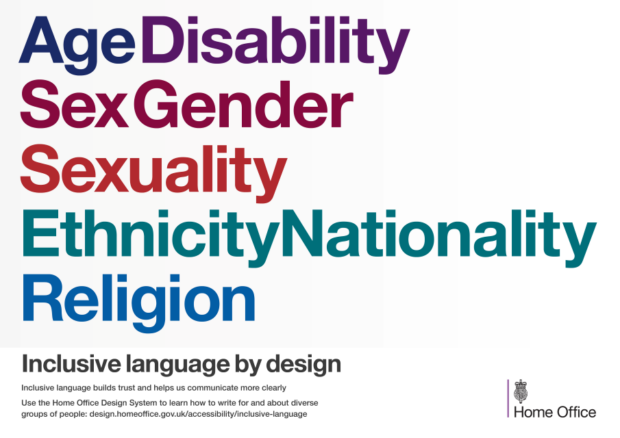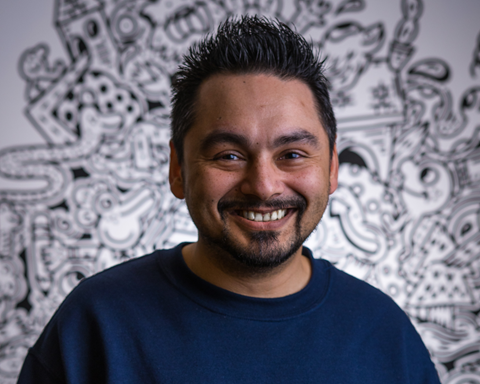How will this new shiny thing deliver value?
...often feels like guesswork, so I decided to try and measure it. Get to know the process I started looking at how case workers were currently doing things. They followed...
...often feels like guesswork, so I decided to try and measure it. Get to know the process I started looking at how case workers were currently doing things. They followed...

...or time limitations, so we have to find more pragmatic ways to get teams thinking and working. We need to get the ways of working right, make sure everyone is...

...to. Our services need to be consciously unbiased to effectively serve our users, so we wanted to fill the gap in how we use language to design inclusively. Other organisations...

...than going back to university to study a computer science degree. So I was thrilled to be accepted onto the first ever cross-government cohort for the Level 4 Software Developer...

...the build are broken down into user stories, which are prioritised and delivered in short sprints. This approach allows teams to react to change – to change the thing they’re...

...interviews to get good quality data. Get it wrong and you’ll get poor insights, which can lead to services being designed and built for the wrong thing. But performing good...

...to happen to protect users and provide trust in the service. So if you're asked by someone to just get something live or published, talk to them about the benefits...

...the long term usability. To do this, I’ve had to understand how the single intelligence platform will fit into the working day of the staff who will use it. Nick,...

At the Home Office, usability testing is our go-to method for finding out how well a service will work for people. With expert users we need to understand how well...

...the work of many others – but it’s new to the Home Office and we’d like to show how user-centred design can add value and support business objectives. Understanding the...